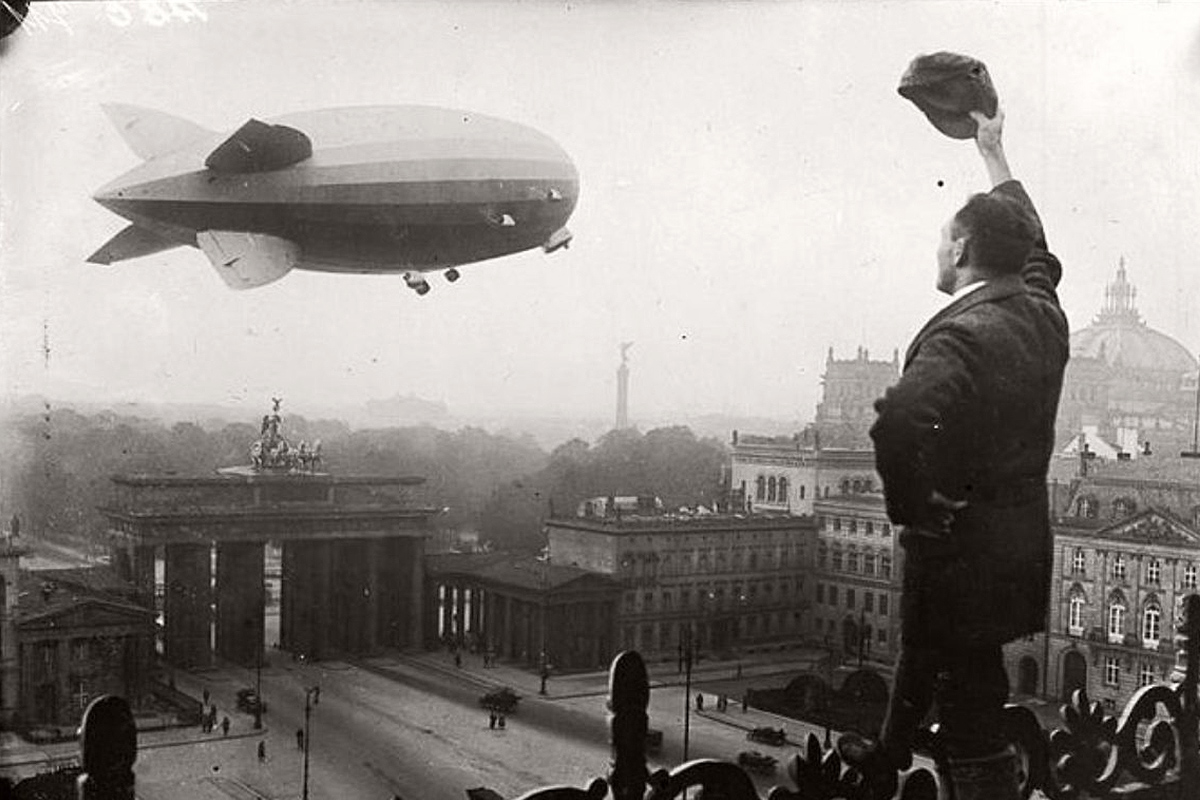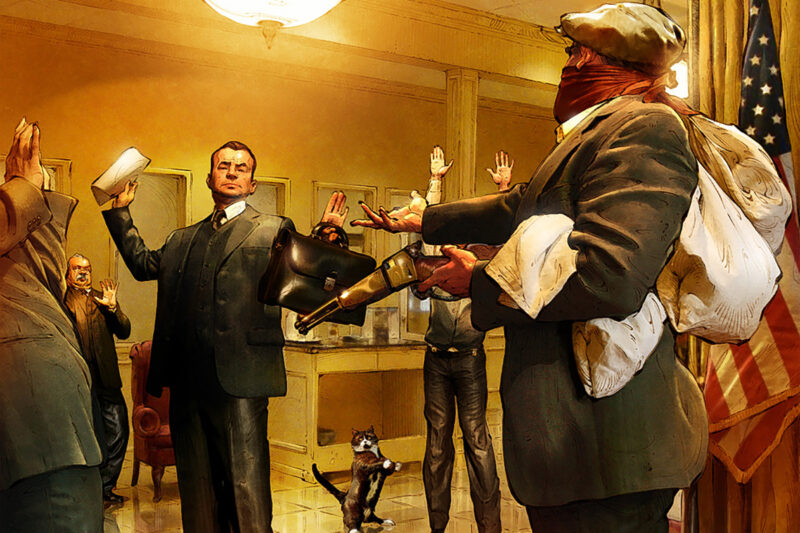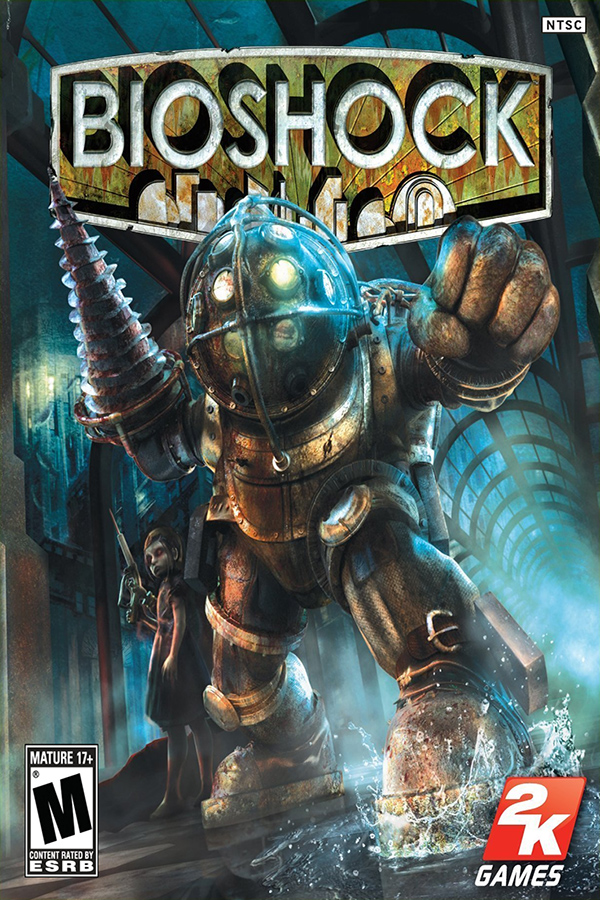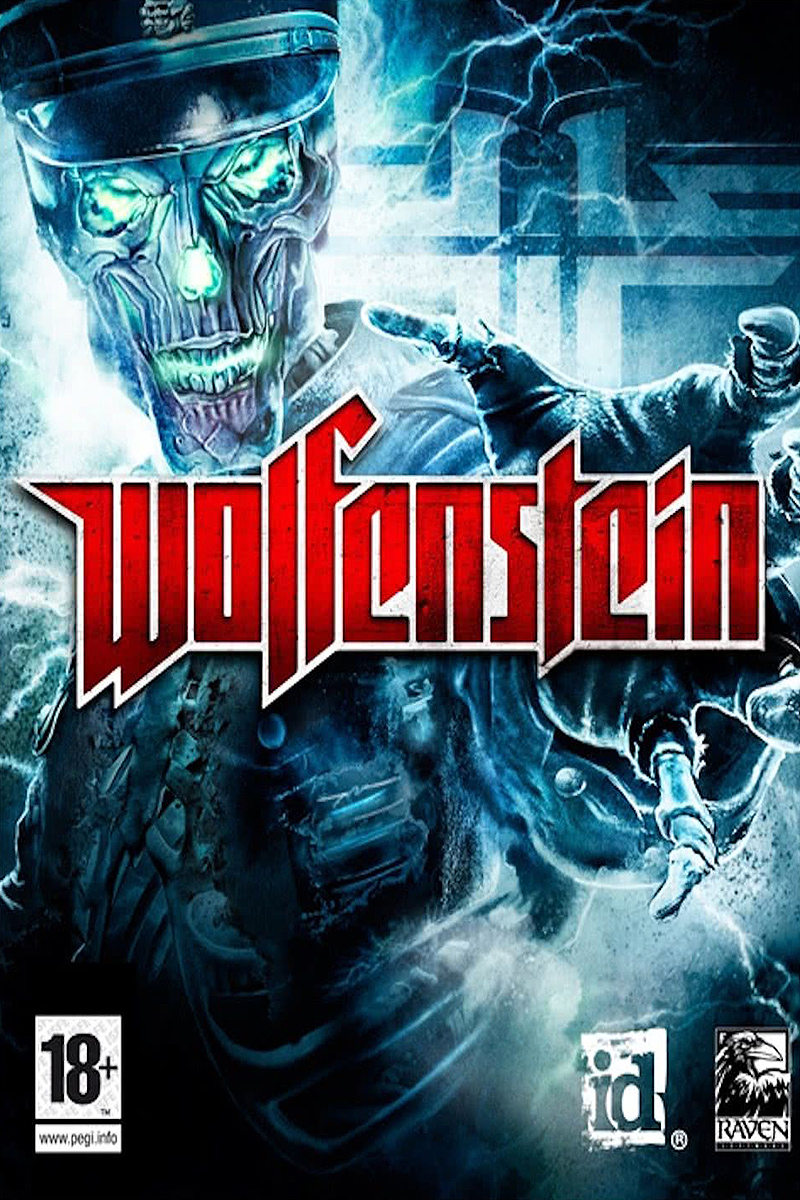
Often when one reads of the Jazz Age, the term is limited to the 1920s. But there’s a relatively young philosophy known as dieselpunk that is trying to keep the glory of the Jazz Age alive.
The term “dieselpunk” was first used by Lewis Pollak in 2001 to describe his role-playing game Children of the Sun. Dieselpunk has since grown far beyond his initial usage to describe a philosophy that forms the basis of a subculture and art movement with distinctive music, art, fiction and cinema.
Dieselpunk philosophy is a postmodern phenomenon that comprises three aspects: decodence, contemporary and punk. To understand this young philosophy one must understand each of these aspects.
Decodence
To understand decodence one should start with the first half of the philosophy’s name: diesel. One might assume that the use of the word “diesel” in dieselpunk is limited to the prominence of internal combustion in technology as opposed to steam or nuclear power, but this would be an oversimplification.
The use of the word “diesel” goes back to the common practice of labeling genre punks, such as cyberpunk and steampunk, by their use the productive forces of an era (the information age and the age of steam, respectively).
However, just as steampunk is more than the dominance of steam technology and cyberpunk is more than the use of information technology, dieselpunk is more than the internal combustion engine and gasoline.
Dieselpunks uses “diesel” to refer to what we call the “diesel era”, which begins with the Jazz Age. The end of the diesel era is the subject of great discussion in the dieselpunk community. The two prominent schools of thought are that either it concludes with the end of World War II or that it concludes circa the early 1950s.
This diesel era provides the raw material and the inspiration for dieselpunks: decodence. The word decodence, which is a portmanteau of deco and decadence, was first used on the website The Gatehouse and describes something that “embraces the styles and technologies of the era; it rejoices in a prolonged Jazz Age ambience characterized by great enthusiasm and hopes about the future,” according to Nick Ottens.
It is in decodence that we find hardboiled detectives, pulp fiction, zeppelins, flappers, mobsters, Jazz, swing and Big Band music, fedoras and zoot suites. Decodence is the lifeblood of dieselpunk.
Contemporary
The next concept of dieselpunk is the importance of its contemporary origin. Dieselpunk is not reenactment nor is it a dream to live in the past.
Decodence serves to provide inspiration for dieselpunks to create something new using contemporary values and attitudes. For dieselpunks, decodence is like clay to a potter. The potter takes clay and by adding her or his creativity and labor creates something altogether new. While dieselpunks enjoy studying the diesel era, the dieselpunk genre is something original because it merges decodence with the sensibilities of today.
Punk
The third concept is punk, which has a rather Zen-like quality in that often as soon as one labels something as being “punk” then it’s probably not. That being said, we need to start with a brief review of the etymology of the word “punk”.
David K. Barnhart and Allan A. Metcalf assert in America in So Many Words: Words That Have Shaped America (1997) that the word “punk” has its origins from “pungough“, which was used by tribes of Native Americans in Virginia for a powder that they made by burning the core of the ear of corn. Tribes of Native Americans of Delaware also used the same word but used it to describe “ashes”.
Over time the word changed. According to Barnhart and Metcalf the Native American meaning evolved into the English word “punk” for a slow-burning kindling for fireworks and then later for cigarettes.
By the end of the nineteenth century, the American author and humorist George Ade, known for his “fables in slang”, used the word to imply that something was worthless when he wrote, “And this crowd up there was purty-y-y punk.”
They go on to point out that the word during the Interbellum era became synonymous with for a “small-time hoodlum” and then came the punk scene of the 1970s and 80s with its unique culture, fashion and music.
What does all of this say about “punk” in dieselpunk? Punk is important in that it gives the genre a special vitality and power. Because of its “punk” element, dieselpunk doesn’t play it safe and is willing to push the envelope with its combination of the contemporary and decodence. Punk adds the potential for fantasy, horror and speculative fiction to dieselpunk.
In addition, the “punk” in dieselpunk states that it’s a countercultural genre with an emphasis on individual expression. Because of “punk”, we each interpret and express dieselpunk in our own way.
What’s next?
While I feel that my article is consistent with what has developed in the dieselpunk community ultimately one must ask individual dieselpunks “What is dieselpunk to you?” rather than “What is dieselpunk?”
Just as two atoms of hydrogen and one of oxygen combine to form water, which can exist in various states, the combination of the three concepts found in dieselpunk results in a phenomenon that is highly diverse and varied. Some manifestations of dieselpunk are positive, hopeful and emphasize human progress while others are dark, foreboding and frightening.
While the philosophy of dieselpunk is relatively new and not widely known the phenomenon is growing quickly. Numerous dieselpunk blogs, forums, writers, artists and musicians are appearing daily. Though academics may declare the Jazz Age a thing of the past, dieselpunks of today are rediscovering the magic and wonder of that fabulous time when Jazz was king and they are making that age a living, breathing part of our modern culture.
This story first appeared in Gatehouse Gazette 17 (March 2011), p. 10-11, with the headline “The Philosophy of Dieselpunk”.





5 Comments
Add YoursGood article. As you asked, “What’s Next?” The Fedora Chronicles and The Dieselpunk Podcast has begun to refine the definition. Take a listen the Mr. Piecraft interview…
NWM’s Dieselpunk articles and links have inspired a Dieselpunk story in my mind. A huge German car company started by Hitler’s chief tank designer secretly doctors the software in millions of Diesel cars to cheat exhaust emission tests and poison us all! Oh wait, nobody would believe THAT…
Nah, too far-fetched 😀
Very nice read. What about Atomic punk/Diesel punk fusion….the lines require blurring, hybridization, at this point.. so much has happened and is happening. In fact I will coin a new sub sub sub genre, to make this point: quantum punk…embodying your definitions of punk and a reflection of the headlong flight into relatively unfamiliar, newly realized realms of science and all that it may portend…in the hands of imaginative people, of which I myself claim to be one! Cheers!
I don’t think atompunk, or atomicpunk, has been well defined yet. Most of what we call atompunk is really retro-futurism. But there is a growing body of anachronistic fiction set in the Cold War era that qualifies.